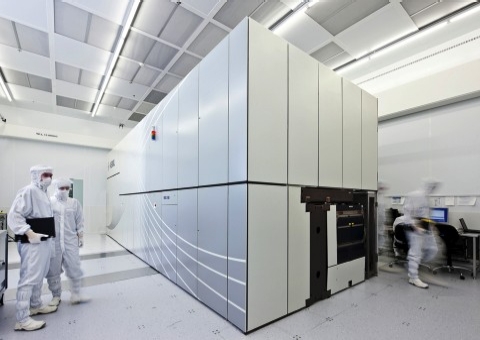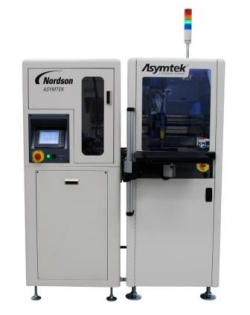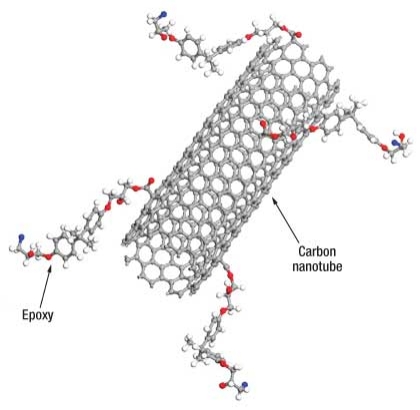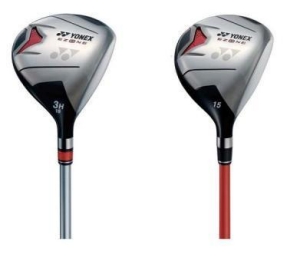March 8, 2011 — Carbon nanotubes (CNTs) are promising elements for optoelectronic components. However, so far there were no electronic methods to analyze the ultra fast optoelectronic dynamics of the nanotubes. A team of physicists headed by Professor Alexander Holleitner from the Technische Universitaet Muenchen (TUM) has now come up with a new method to directly measure the dynamics of photo-excited electrons in nanoscale photodetectors.
Carbon nanotubes have a multitude of unusual properties which make them promising candidates for optoelectronic components. It has proven extremely difficult to analyze or influence their optic and electronic properties. A team of researchers headed by Professor Alexander Holleitner, a physicist at the Technische Universitaet Muenchen and member of the Cluster of Excellence Nanosystems Munich (NIM), has now succeeded in developing a measurement method allowing a time-based resolution of the so-called photocurrent in photodetectors with picosecond precision.
This new measurement technique is about a hundred times faster than any existing method. It allowed the scientists to measure the precise speed of electrons. In the carbon nanotubes, the electrons only cover a distance of about 8 ten-thousandths of a millimeter or 800nm in one picosecond.
At the heart of the photodetectors in question are carbon tubes with a diameter of about one nanometer spanning a tiny gap between two gold detectors. The physicists measured the speed of the electrons by means of a special time-resolved laser spectroscopy process – the pump-probe technique. It works by exciting electrons in the carbon nanotube by means of a laser pulse and observing the dynamics of the process using a second laser.
The insights and analytic opportunities made possible by the presented technique are relevant to a range of applications, most notably, the further development of optoelectronic components such as nanoscale photodetectors, photo-switches, and solar cells.
The studies were funded by the German Research Foundation (Cluster of Excellence Nanosystems Initiative Munich, NIM) and the Center for NanoScience (CeNS) at Ludwig-Maximilians-Universitaet Muenchen. Further contributions to the publication came from physicists of the University of Regensburg (Germany) and the Swiss Federal Institute of Technology, Zurich.
The experimental results are presented in the journal Nano Letters:
Time-Resolved Picosecond Photocurrents in Contacted Carbon Nanotubes, Leonhard Prechtel, Li Song, Stephan Manus, Dieter Schuh, Werner Wegscheider, Alexander W. Holleitner, Nano Letters 2011, 11 (1), pp 269–272, DOI: 10.1021/nl1036897 http://pubs.acs.org/doi/abs/10.1021/nl1036897
Learn more at www.tum.de
Follow Small Times on Twitter.com by clicking www.twitter.com/smalltimes. Or join our Facebook group




 Nordson ASYMTEK’s Spectrum S-920N jetting system automatically maintains a consistent shot weight with software-managed dispense parameters. Closed-loop dispensing eliminates operator adjustment. "Consistent dispensing weight improves process capability while ensuring higher units per hour," said Akira Morita, business development manager at Nordson ASYMTEK. "Using CPJ+ (calibrated process jetting plus), the process variability is reduced for tight
Nordson ASYMTEK’s Spectrum S-920N jetting system automatically maintains a consistent shot weight with software-managed dispense parameters. Closed-loop dispensing eliminates operator adjustment. "Consistent dispensing weight improves process capability while ensuring higher units per hour," said Akira Morita, business development manager at Nordson ASYMTEK. "Using CPJ+ (calibrated process jetting plus), the process variability is reduced for tight  The new gold/tin process improves
The new gold/tin process improves 
